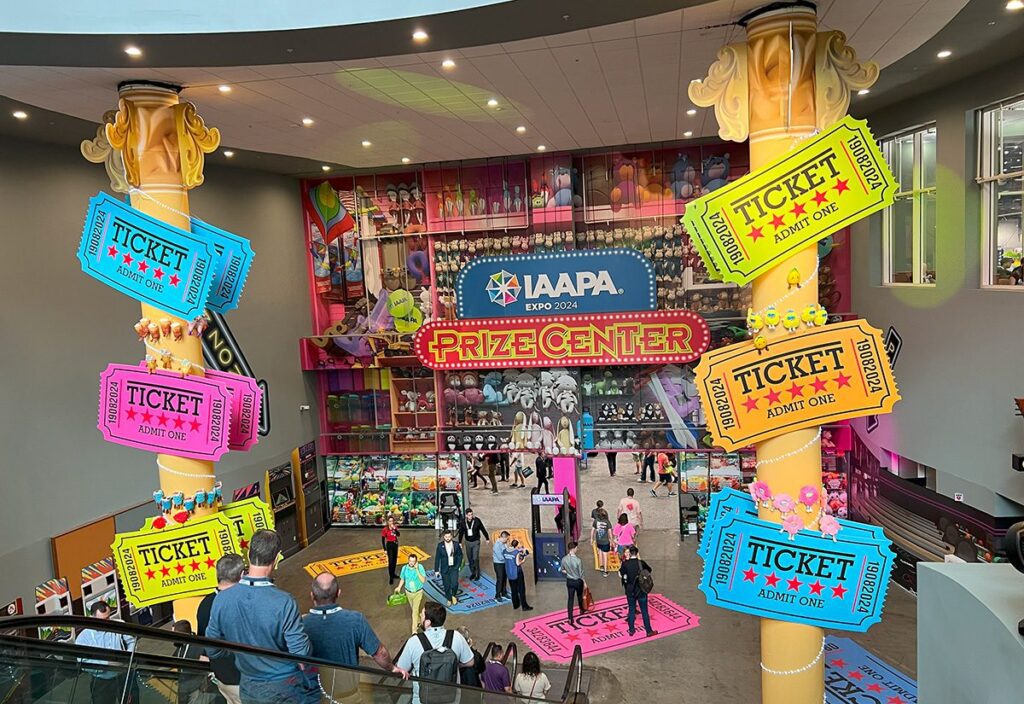Sponsorship spending rose only 6.9 percent to $9.3 billion in 2001 as the economic slump put deals on hold. North American sponsorship rights fees grew 14.5 percent in 2000, according to Chicago-based IEG, Inc.
Last year, sports accounted for 69 percent of sponsorship spending, or $6.4 billion. For the first time ever, IEG projects no growth in sports sponsorship in 2002, as brands shift to cause marketing. Cause-oriented sponsorships will jump 13 percent this year to $828 million, up from $733 million in 2001 (a 4.7-percent increase), per IEG.
“Expect a lot of activity in cause marketing,” says IEG editorial director Jim Andrews. “People will pay attention to those Cone/Roper studies.” (The 2001 Cone/Roper Corporate Citizenship Study, conducted by consultancy Cone, Inc., Boston, showed that after Sept. 11, consumers are increasingly interested in companies that give back to charitable organizations.)
The tough economy forced sponsors to rethink spending last year, which exacerbated current trends toward niche marketing and fewer deals. “We keep hearing that companies would rather do two major sponsorships than six or seven,” says Andrews, adding: “2001 was pretty flat for every segment.”
“Companies are changing how they address sponsorship,” says Chris Geisert, director of brand promotions and sponsorships for AOL Time Warner’s America Online. “We don’t do them just for brand exposure, but for new-member acquisition, member retention, and employee morale. And sometimes that means doing [fewer] of them.”
Marketers continue to use sponsorship to reach teens and young adults, who find events more authentic than advertising. Some marketers own their events — witness the Vans Triple Crown and Philips Fusion tours. Owners “have more freedom to activate creatively and control the message in a way that relates to the target audience,” says Mike Reisman, a principal at Velocity Sports & Entertainment, Westport, CT.
On the Road
Microsoft Corp., Redmond, WA, launched Xbox with a World Wrestling Federation partnership that encompassed several promotions and massive ad buys. In January, Xbox sponsored alternative rock band Linkin’ Park’s tour. Radio PROMOS in 19 markets gave away Xbox consoles autographed by band members.
Earlier in the year, The Microsoft Network Internet service and Ford Motor Co.’s Jaguar co-sponsored Janet Jackson’s All For You World Tour. Mahwah, NJ-based Jaguar used the tour to launch X-Type; a radio overlay offered the car for a two-year lease. On-site efforts featured arena signage and vehicle displays as the brand targeted young consumers and African-Americans. Data collected after the tour showed higher ratings for Jaguar from African-Americans than from any other segment, says Michelle Cervantez, Jaguar’s vp-marketing.
Elsewhere, MSN rival AOL racked up its own diva for a summer-through-fall tour. As a sponsor of Madonna’s Drowned World Tour, the Dulles, VA-based company set up shop in local markets and gave away concert tickets to consumers signing up for service.
While musical tour sponsorships will undoubtedly remain popular in the coming year, cause marketing will perhaps be more omnipresent. Milford, CT-based Subway Restaurants in January announced its national sponsorship of the American Heart Association’s Heart Walk. In addition to posting information about nutrition and exercise in stores, Subway will provide sandwiches to walk participants at more than 750 events around the country throughout the year.
SNAPSHOT
- Spending rose 6.9 percent.
- Cause ties should outpace sports sponsorships in 2002.
- Sponsors sign fewer, bigger deals.
 Network
Network

